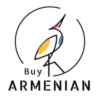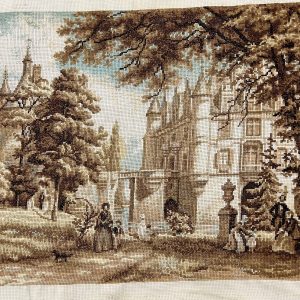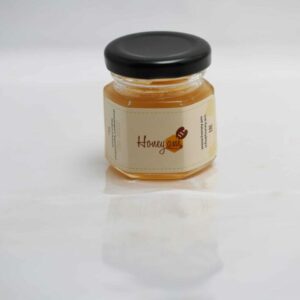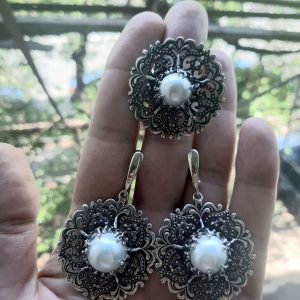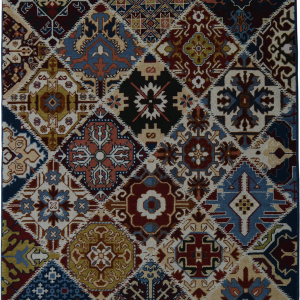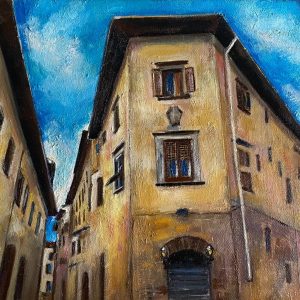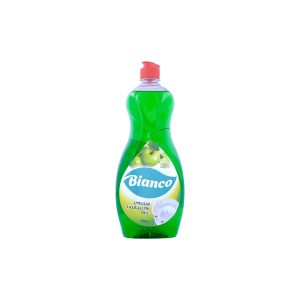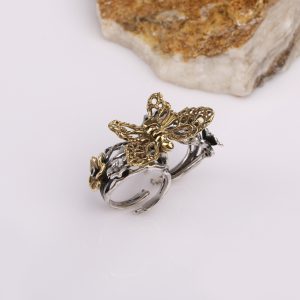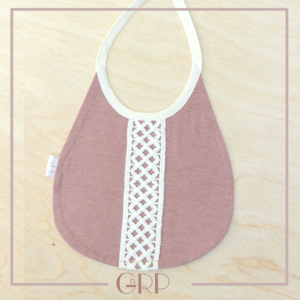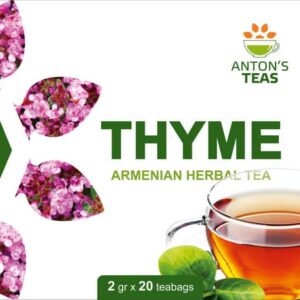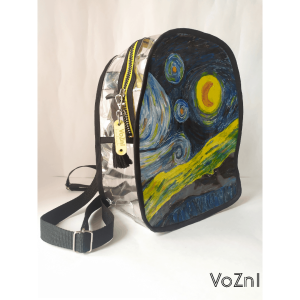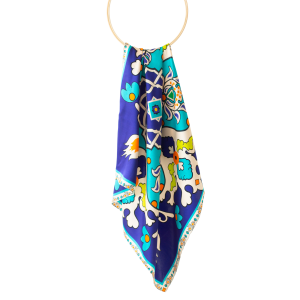-
Cross-Stitch ”In the Park of Chenonceau Castle”
Dimensions: 49.5×34.5 cm.
Handmade cross-stitch: Dmc
Without Frame
Weight: 130 gr.
$2,200.00 -
Natural Honey Net
Perfect for give aways , Wedding favours, bridal shower, engagement parties, Baptism.
$200.00Natural Honey Net
$200.00 -
-
“Pearl In The Heart” Silver Jewelry Set
Silver 925
Set: Earrings & Ring
$160.00$179.00“Pearl In The Heart” Silver Jewelry Set
$160.00$179.00 -
“Classical Armenian” Carpet
Handmade carpet made in Artsakh․ This carpet belongs to the series of traditional Armenian carpets.
Code: KC0390075
Size: 213 x 119 cm
Weight: 7.2 kg
Density: 32 x 32 (32 knots per 10 cm)
Node type: double (Armenian)$2,350.00“Classical Armenian” Carpet
$2,350.00 -
-
Dishwashing Liquid-Apple (0.5L)
Dishwashing liquid 0.5l Bianco Apple
Еffectively removes grease even in cold water, maintaining the softness of the skin of the hands.
Composition: anionic surfactant (»13%),coconut oil fatty acid diethanolamides, citric acid, preservative, colorant, NaCl, parfum, water.
Shelf life: 24 month from the date of manufacture.$2.00 -
“Butterfly” Silver 2 Finger Ring
An adjustable 925 sterling silver ring
$90.00 -
Thyme Tea
100% Natural herbal tea. Endowed with antibacterial, diuretic and antihypertensive properties. Neutralizes the harmful effects of alcohol and drugs. Does not contain conservatives and flavourings. Easy to use. 20 tea bags of 2 grams of tea are inside. Method of use: place the tea bag in a teapot or a large glass and close to insist. Drink after 30-60 minutes. Optionally honey or lemon can be added. Disclaimer: This tea is not a medication, to be used under the control of the physician in case of any significant health conditions. In case of an unexpected reaction, the intake of the tea should be discontinued.
Made in Armenia “Antaram” PC
5 Aghbyur Serob str., 0019, Yerevan, Armenia$3.00Thyme Tea
$3.00 -
“The Starry Night” Backpack
Transparent backpack Starring night By Vozni
$25.00“The Starry Night” Backpack
$25.00 -
“Armenian Ceramics” Scarf
Jerusalem’s ancient Armenian community experienced a major increase in numbers as survivors of the Armenian genocide perpetrated by the government of the Ottoman Empire beginning in 1915 found refuge in Jerusalem’s Armenian Quarter. The industry is believed to have been started by refugees from Kütahya, a city in western Anatolia noted for its Iznik pottery. The tiles decorate many of the city’s most notable buildings, including the Rockefeller Museum, American Colony Hotel, and the House of the President of Israel.
David Ohannessian (1884–1953), who had established a pottery in Kütahya in 1907, is credited with establishing the Armenian ceramic craft industry in Jerusalem. In 1911 Ohannessian was commissioned with installing Kütahya tile in the Yorkshire home of Mark Sykes. In 1919 Ohannessian and his family fled the Armenian genocide, finding temporary refuge in Aleppo; they moved to Jerusalem when Sykes suggested that they might be able to replicate the broken and missing tiles on the Dome of the Rock, a building then in a decayed and neglected condition. Although the commission for the Dome of the Rock did not come through, the Ohannession pottery in Jerusalem succeeded, as did the Karakashian the painters and Balian the potters that Ohannessian brought with him from Kuttahya to help him with the project in 1919. After about 60 years new Armenian artists started to have their own studios.
In 2019 the Israel Museum mounted a special exhibition of Jerusalem pottery in its Rockefeller Museum branch location.$110.00“Armenian Ceramics” Scarf
$110.00
